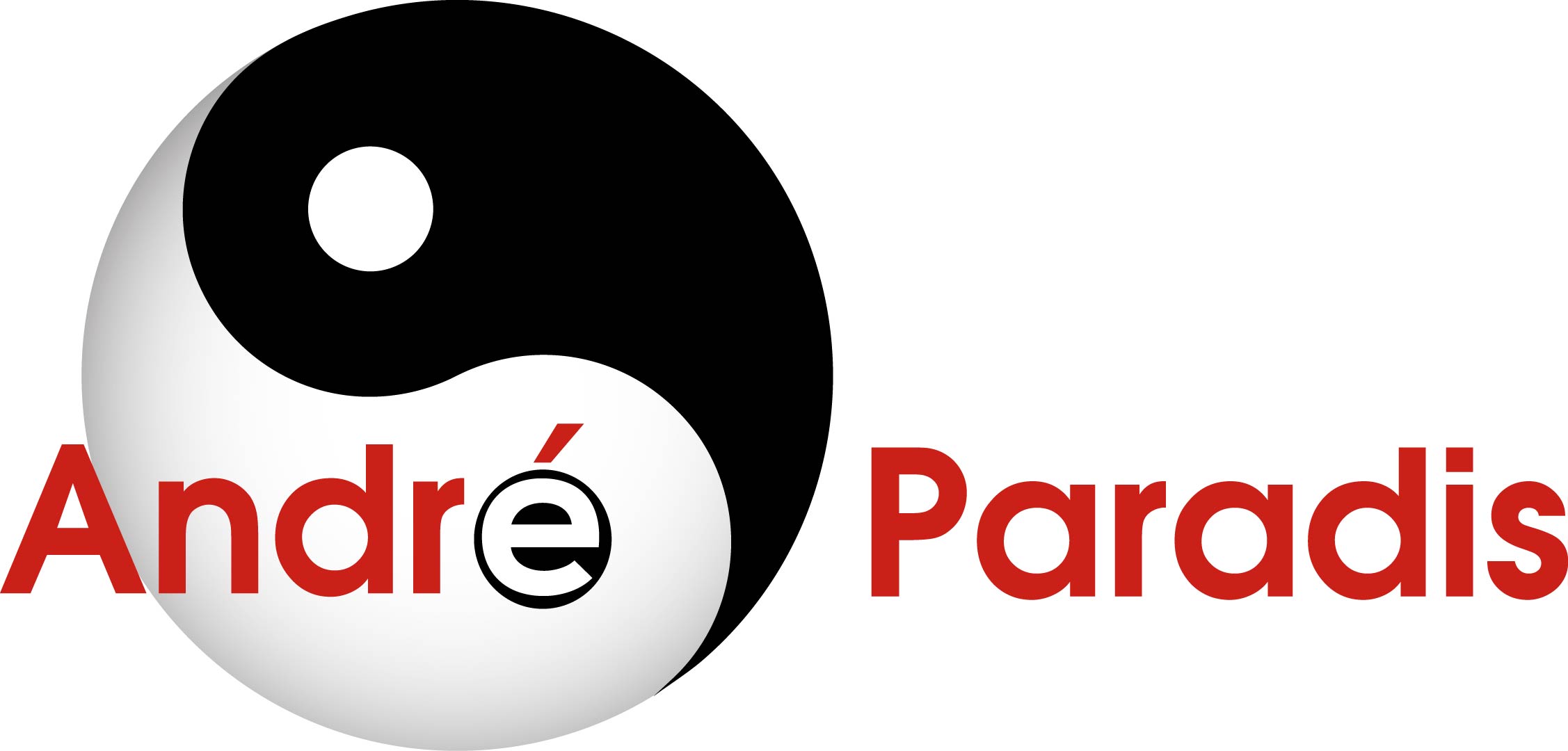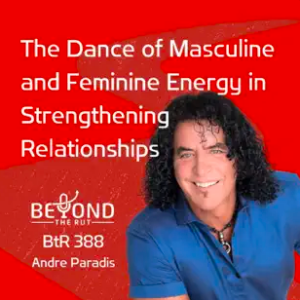Understanding Avoidant Relationships Attachment Styles
Hello Everyone,
I trust this email finds you all in good spirits. I am Andre Paradis, your dedicated relationship coach and NLP practitioner. Today, I’m excited to delve into a topic that plays a significant role in our interactions and in relationships: “The attachment styles”. In this installment, we’ll explore the avoidant attachment style and
uncover strategies for recognizing, managing, and fostering healthier relationships.
Attachment Styles: A Brief Recap
Before we dive into the intricacies of the avoidant attachment style, let’s recap the essentials. Attachment styles influence how we interact and respond to others and navigate our emotions within relationships. There are three main styles: secure, anxious, and avoidant.
Understanding the Avoidant Attachment Style
Our focus today centers on the avoidant attachment style. Picture this: individuals who feel an intense fear of intimacy and emotional attachment. These individuals exhibit distinct traits that shape their interactions and connections.
Characteristics of Avoidant Individuals
Difficulty: Trusting and being vulnerable in their love dynamics: Avoidant individuals struggle to trust others and be vulnerable. Their fear of getting lost or losing themselves. Their need for independence hinders them from fully opening up and being all in.
Prioritizing Independence: Independence and self-sufficiency are their shields. While independence is valuable, it often supersedes emotional bonds, making deeper connections a challenge for these individuals.
Impact of Early Bonds: Individuals with an avoidant attachment style may have grown up in challenging family environments, affecting their ability to form strong, healthy emotional bonds. This history often leads to push-and-pull behaviors in relationships.
Fear of Emotional Intimacy: Emotional intimacy is overwhelming for them. The fear of losing themselves in a relationship drives their avoidance, causing a cycle of pulling away and drawing closer which can cause much stress in the dynamic.
Navigating Relationships with Avoidant Individuals
Navigating relationships with avoidant individuals requires patience, empathy, and much understanding. Here are some key strategies to consider:
Creating a Safe Space: Gently guide them into a safe, comforting space. Reassure them that you comprehend their need for independence while being present to support them emotionally.
Patience and Persistence: Overcoming their barriers takes time. Approach the relationship with a willingness to offer understanding and allow them to gradually open up.
Calming Energy: If you can ease any discomfort that arises, the atmosphere becomes more conducive to connection. By being present and calm, you help them feel less overwhelmed.
Challenging Negative Beliefs: Encourage them to challenge negative beliefs that hinder intimacy. Ask questions that provoke critical thinking and help them reframe their perceptions.
Overcoming the Avoidant Attachment Style
It’s important to note that an avoidant attachment style is not necessarily a permanent trait. With self-awareness, effort, and professional help, individuals can overcome these challenges and build healthier, more fulfilling relationships.
Moving Forward: Your Role
Understanding and supporting individuals with an avoidant attachment style can make a world of difference. If you’re intrigued by these insights and seek more knowledge, explore my website at https://projectequinox.net/contact/. There, you’ll find resources, podcasts, blogs, and videos that delve deeper into many different aspects of relationship dynamics. Some you can’t imagine.
For those ready to take transformative steps, I offer exploratory calls where we can address your specific challenges, break negative patterns, and pave the way for future fulfilling relationships. If you’re seeking lasting change, I encourage you to connect with me through an exploratory call.
In conclusion, remember that understanding avoidant attachment styles is an essential step toward building stronger connections. These styles can be challenging, but they are not insurmountable. With the right tools, patience, and support, you can help others, or even yourself, navigate towards healthier, fulfilling, long-lasting relationships.
Thank you for your interest and engagement in these important discussions. Your commitment to growth and understanding is truly commendable.








